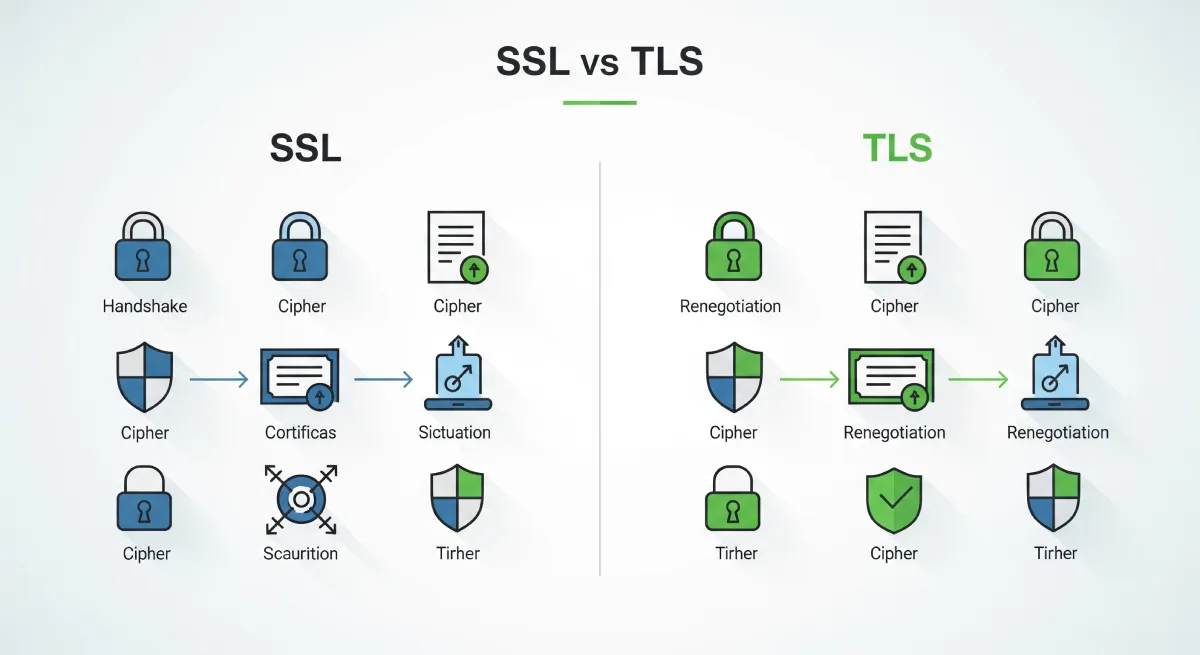Introduction
In the field of computer vision and image analysis, Convolutional Neural Networks (CNNs) have emerged as a groundbreaking technology, revolutionizing the way machines understand and interpret visual data. CNN has gained significant attention and widespread adoption due to its remarkable ability to extract meaningful features from images and achieve state-of-the-art results in various applications.
Understanding CNN: Unleashing the Power of Deep Learning
Convolutional Neural Networks (CNNs) are a class of deep learning models specifically designed to process and analyze visual data. Inspired by the complex structure of the human visual cortex, CNN mimics the hierarchical organization of neurons and their receptive fields. This unique architecture enables CNN to automatically learn features from raw pixel data, eliminating the need for manual feature engineering.
The Inner Workings of CNN: Layers and Feature Extraction
CNN consists of multiple interconnected layers, each performing a specific function in the process of feature extraction and classification. Let’s explore the key components of a typical CNN architecture:
1. Convolutional Layers
Convolutional layers employ convolution operations to extract local patterns and features from the input image. By sliding a set of learnable filters across the input, these layers capture spatial relationships and detect visual patterns such as edges, textures, and shapes.
2. Pooling Layers
Pooling layers reduce the dimensionality of the extracted features while preserving their essential information. Max pooling and average pooling are commonly used techniques that downsample the feature maps, aiding in translation invariance and reducing computational complexity.
3. Activation Functions
CNNs are able to simulate complicated relationships in the data because of activation functions, which add non-linearity to the network. Rectified Linear Unit (ReLU), sigmoid, and hyperbolic tangent (tanh), among others, are frequently used activation functions.
4. Fully Connected Layers
Fully connected layers, also known as dense layers, process the high-level features extracted by the previous layers. They connect every neuron in one layer to every neuron in the next layer, enabling the network to learn complex combinations of features and make accurate predictions.
Unleashing the Potential: Applications of CNN
CNN has demonstrated remarkable performance across various domains and has become an invaluable tool in the field of computer vision. Let’s explore some of the applications where CNN has made a significant impact:
1. Image Classification
CNNs excel at classifying images into distinct categories. From recognizing everyday objects to identifying diseases in medical images, CNNs have achieved remarkable accuracy and robustness in image classification tasks.
2. Object Detection and Localization
CNN-based object detection algorithms enable precise identification and localization of multiple objects within an image. These algorithms have found applications in autonomous vehicles, surveillance systems, and robotics.
3. Facial Recognition
CNN-powered facial recognition systems have revolutionized the way we authenticate and identify individuals. From unlocking smartphones to enhancing security systems, CNN-based facial recognition has become pervasive in our daily lives.
4. Natural Language Processing (NLP)
CNNs have also made significant contributions to NLP tasks, such as sentiment analysis, text classification, and language translation. By treating textual data as images, CNNs can capture local dependencies and extract meaningful features from sequences of words.




